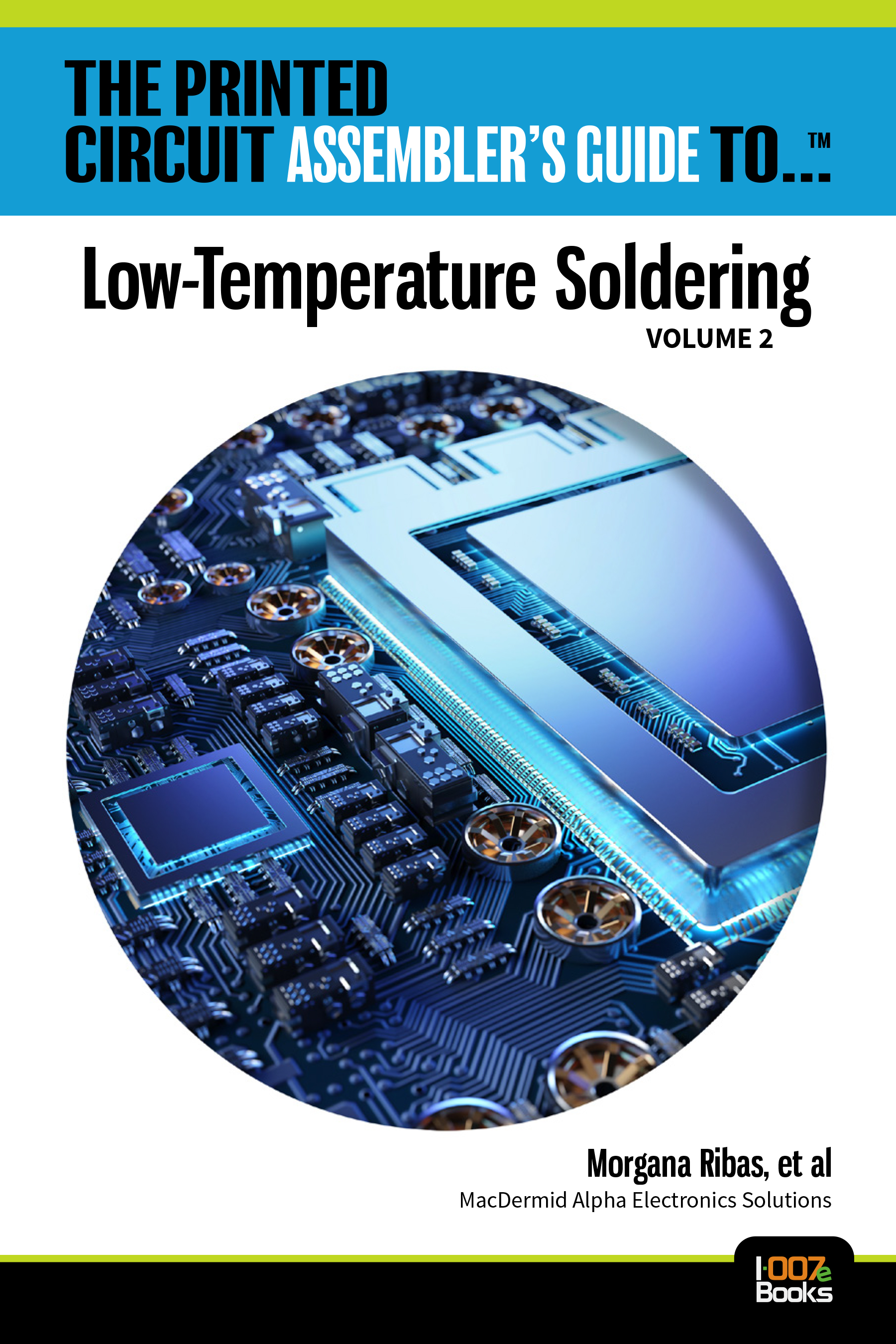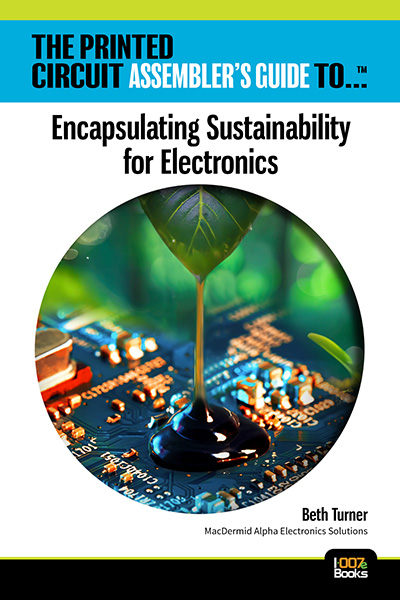Consider This
Column from: John Talbot
John Talbot is the president of Tramonto Circuits, which designs, manufactures, and supplies flexible circuits and PCBs to customers around the world. His decades of experience designing circuit boards, hardware, and software while developing electronic products for OEMs shaped his views and ideals on the fabrication industry long before joining it. He has a strong respect for the engineers and designers that create today’s products and places a high value on listening to their ideas before partnering with them. With that in mind, John introduced the “Design for Application” process that places a high priority on delivering products that meet the requirements of the engineers who designed them. Also, Tramonto Circuits places such a high priority on their on-time delivery rate that they publish their results annually and in 2019 increased OTD to 99.2%.


